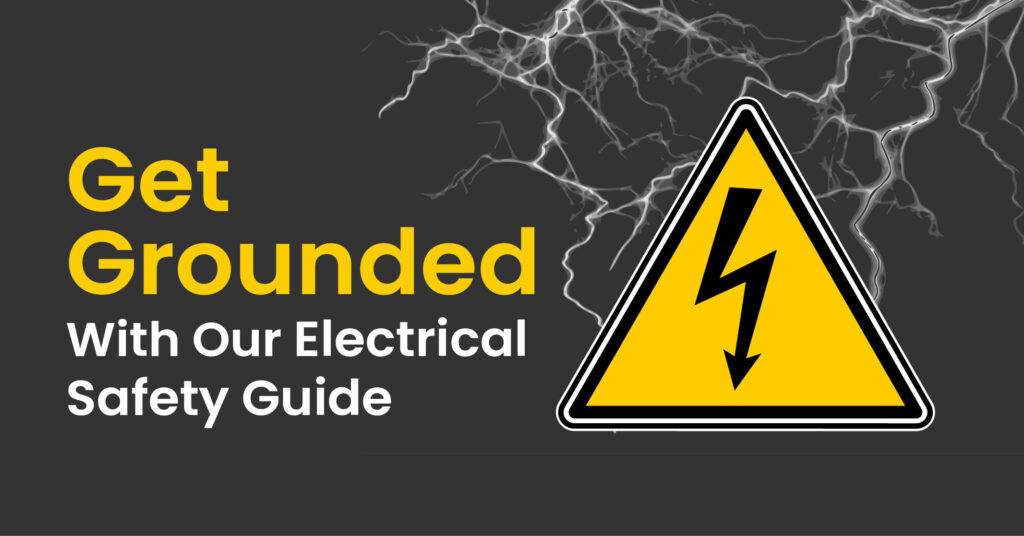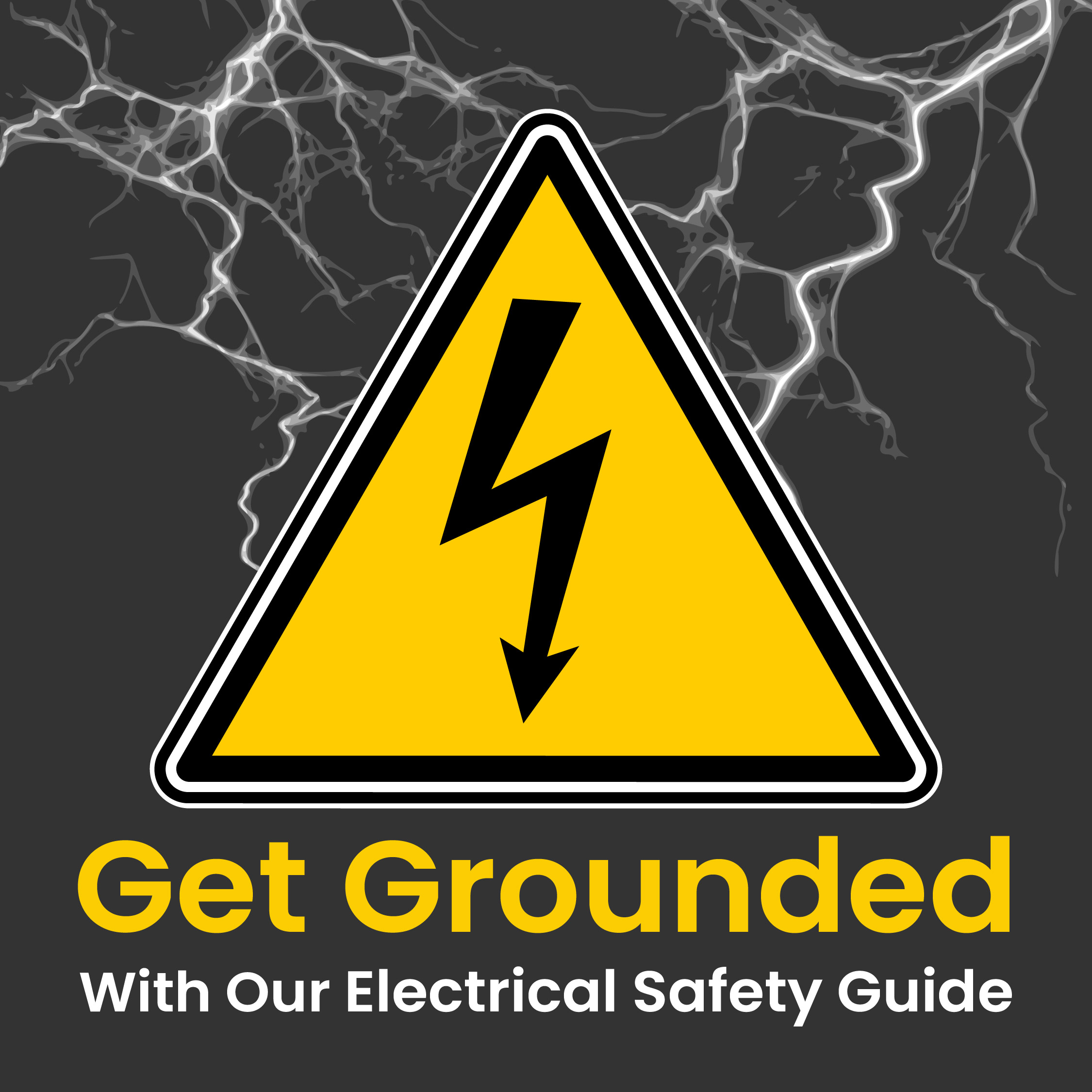
Shock-Proofing Your Day: A Guide to Electrical Safety for Utility Workers
As Utility workers play an indispensable role in keeping our world electrified. By providing power to homes, businesses, and industries, ensuring that our lives continue to run smoothly. However, this crucial responsibility also exposes these workers to various electrical hazards that can be life-threatening if not managed correctly. In this blog, we will dive into comprehensive guidelines for electrical safety, covering everything from personal protective equipment to lockout/tagout procedures and safe practices around power lines and equipment.
The Shocking Reality: Electrical Hazards
Electricity is a powerful force, and even seemingly harmless tasks can turn perilous when proper precautions are not taken. Electrical hazards in the utility industry can include electrical shock, arc flash and arc blast. Understanding these hazards is the first step in preventing accidents.
- Electrical Shock: This occurs when an electrical current flows through the body. It can result in burns, muscle contractions and even death.
- Arc Flash: A sudden release of energy due to a fault in an electrical system. It generates an intense heat and a blinding flash of light that can cause severe burns.
- Arc Blast: The explosive release of energy during an arc flash, sending debris flying at high speeds, which can lead to traumatic injuries.
Gear Up for Safety: Personal Protective Equipment
Personal Protective Equipment (PPE) is your first line of defense against electrical hazards. Proper selection and use of PPE can significantly reduce the risk of injury. Here are some essential PPE items for utility workers:
- Insulated Gloves: Protect against electrical shock.
- Safety Glasses: Shield your eyes from arc flash and arc blast.
- Flame-Resistant Clothing: Prevent burns from arc flashes.
- Hard Hat: Guard against falling objects and electrical shock.
- Hearing Protection: Shield your ears from noise when working near equipment.
- Respiratory Protection: Essential when dealing with fumes or contaminants.
Always ensure that your PPE is in good condition, properly fitted, and regularly inspected for any signs of wear or damage.
Lockout/Tagout Procedures: A Life-Saving Protocol
Lockout/Tagout (LOTO) is a crucial safety protocol that prevents unexpected startup or release of energy from equipment during maintenance or repair. Follow these steps:
- Identify Energy Sources: Know where energy sources are located, including electrical panels, switches, and valves.
- Notify Affected Personnel: Inform coworkers about the equipment’s status.
- Shutdown Equipment: Turn off the equipment using the proper procedure.
- Isolate Energy Sources: Disconnect power sources and use lockout devices to ensure they cannot be accidentally turned on.
- Apply Locks and Tags: Secure the equipment with locks and tags, indicating it should not be operated.
- Verify De-Energization: Test the equipment to ensure it is de-energized before starting work.
- Perform Work Safely: With the equipment locked out and tagged, you can safely perform maintenance or repairs.
Ready to implement a LOTO program? Contact YellowBird today! Whether revisiting an old policy or starting a new one, YellowBird can help.
Navigating Power Lines and Equipment Safely
Working around power lines and equipment requires extra caution. High voltage power lines can be deadly if not respected. Follow these guidelines:
- Maintain Safe Distances: Always maintain a safe distance from power lines. The minimum distance can vary based on the voltage and regulations in your area.
- Use Proper Tools: When working near power lines, use insulated tools to prevent electrical contact.
- Watch for Overhead Hazards: Be aware of overhead hazards such as tree branches, structures, or equipment that could contact power lines.
- Stay Grounded: Ensure that your equipment is properly grounded to prevent electrical faults.
- Receive Proper Training: Utility workers should receive thorough training on electrical safety protocols and best practices for working around power lines and equipment.
What’s Ahead: Staying Committed to Safety
Electrical safety is not a one-time effort but a commitment that requires continuous vigilance. Here are some additional tips to keep safety a priority:
- Regular Training: Stay up to date with safety training and procedures. Continuous learning is vital to preventing accidents.
- Safety Culture: Promote a culture of safety within your team. Encourage reporting of near misses and potential hazards.
- Emergency Response: Be prepared for emergencies. Have a well-defined plan for dealing with electrical accidents.
- Regular Equipment Inspection: Regularly inspect tools, equipment, and PPE for signs of wear and tear. Replace or repair as needed.
- Safety Audits: Conduct regular safety audits to identify and address potential hazards in the workplace.
A Brighter, Safer Tomorrow
In the world of utility work, electrical safety is paramount. By following guidelines and staying committed to safety practices, you can protect yourself and your colleagues from the inherent dangers of working with electricity. Remember, the goal is not just to keep the lights on but to ensure that utility workers return home safely every day.
YellowBird is committed to making every day a safe one on the job. Connect with us to ensure you are up to date on the latest guidelines, training and resources. https://goyellowbird.com/ Together, we can keep the lights on and stay shock-proof.









